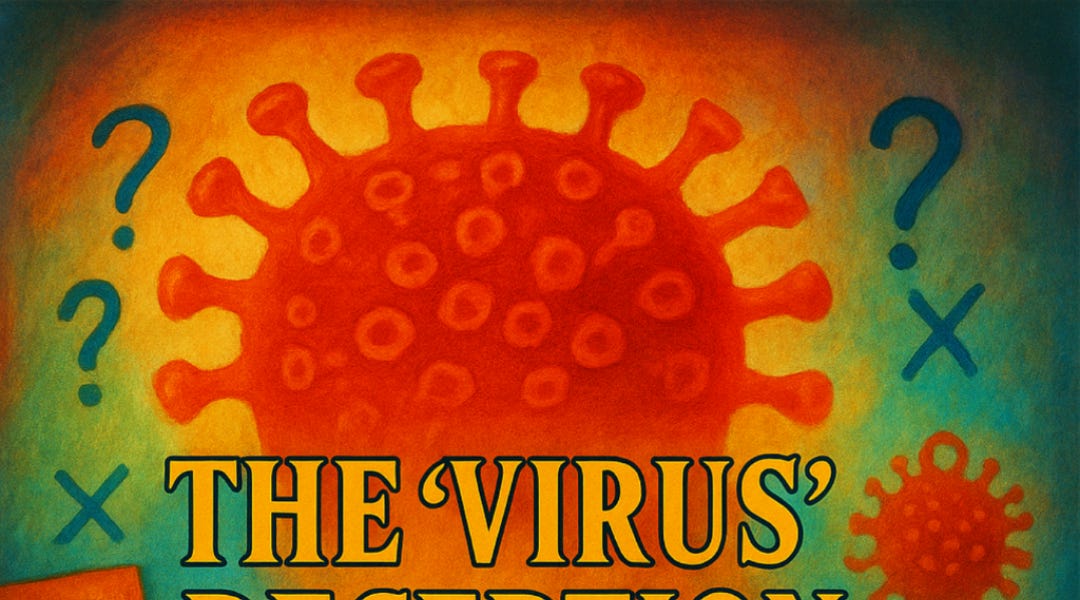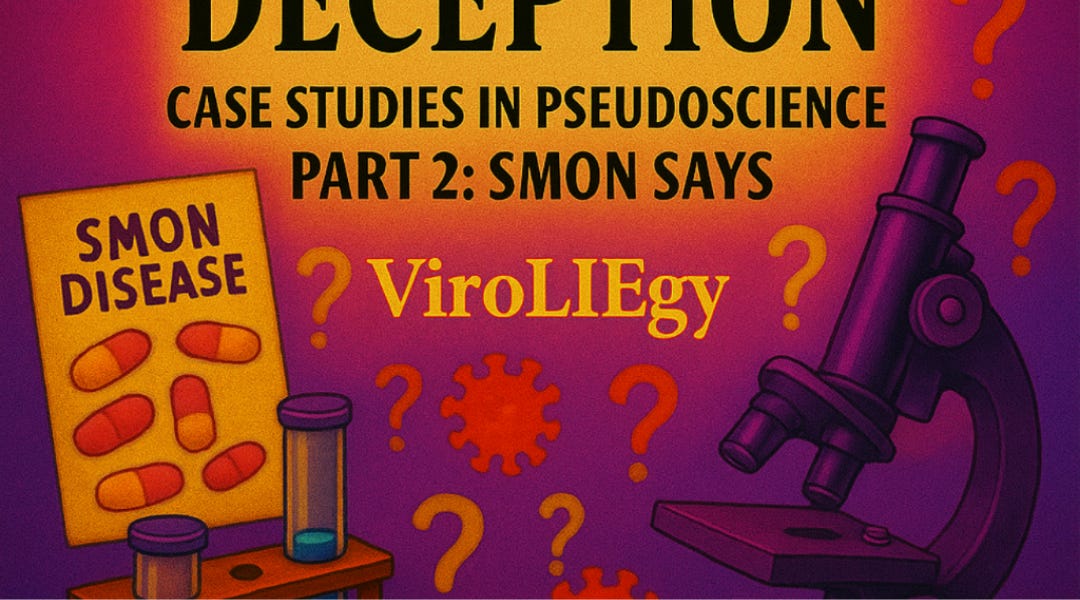Virologists define isolation in a way that no one else does. To see where this all started, we need to look at the work of Franklin Enders. Quoting from an article that gets into his work:
**
View attachment 45906
For over 60 years, virologists struggled to convincingly demonstrate that they were working with actual pathogenic “viruses” in their experiments. In fact, there wasn't even consensus on what a “virus” was
until 1957. However, in 1954, virologist John Franklin Enders, while
supposedly working with the measles “virus,” introduced an illogical experimental setup that allowed researchers to claim that they were working with the entities that they believed were present in the fluids of sick patients. This was the
cell culture experiment, which began with the assumption that the unseen “viruses” were already present within a sick patient's fluids. When these fluids were added to a Petri dish containing kidney cells from African green monkeys, along with various chemicals and foreign additives, Enders observed what he referred to as
the cytopathogenic effect (CPE). This effect was then attributed to “viruses” and used as evidence that these invisible entities are present within the sample, thus completing the illogical circular loop where the effect was taken as proof of the cause. This experimental method was fundamentally flawed, as it was based on the fallacy of
begging the question. This basic illogical premise is ingrained in all virology research that has proceeded afterwards.
[snip]
In these cases, people are assuming a connection between two events simply because they occurred one after the other or closely together in time. This same flawed reasoning is evident in the cell culture experiments performed by virologists. They assume that adding unpurified lung fluid or nasal mucus from a sick patient to a culture of monkey kidney cells, followed by the observation of CPE, implies that a “virus” was present in the sample and ultimately caused the CPE. This reasoning ties back to the fallacy of
begging the question regarding the existence of the “virus” in the first place, as well as
affirming the consequent by using the effect (CPE) as proof of the supposed cause (the “virus”). It's a tangled web of circular reasoning, with no direct proof of any entity described as a pathogenic “virus” before any experiments or observations take place.
This fallacy was utilized by John Franklin Enders in his original 1954 paper establishing the cell culture experiment when he assumed that the CPE that occurred in his “infected” cultures was evidence that he has “isolated” the cause of the effect in the measles “virus.”
Directly after this passage, Enders did concede to other possible causes of the observed CPE. However, he still maintained that the CPE caused by these other “viral” agents or unknown factors resembled the CPE that he was already attributing to a measles “virus.”
Enders would ultimately conclude that the findings in his paper of the cytopathogenic changes supported his presumption that they are caused by the measles “virus.”
Why Enders would initially believe that the cytopathogenic changes observed in tissue and cell cultures were caused by a “measles virus” is puzzling, especially given his own acknowledgments in a paper titled Cytopathology of Virus Infections: Particular Reference to Tissue Culture Studies, published the same year as his measles paper. In this work, Enders made some revealing concessions regarding the interpretation of CPE. He explained that CPE can be triggered by many harmful agents, and that, on its own, this observation could not be conclusively attributed to “viral” activity. Despite this, Enders asserted that an observer familiar with the specific CPE patterns attributed to a particular “virus” might tentatively conclude that a “virus” is responsible.
[snip]
Enders conceded that cytopathogenic changes observed in the lab are influenced by numerous factors—some known, while others remain undefined. He attempted to correlate certain susceptible cell lines with “viral replication,” but he noted that this correlation did not always hold true, and that the opposite was sometimes observed:
Enders tried to argue that certain “viruses” specifically target certain cell types, but he also admitted that there is no absolute relationship between cytotropism in vivo and in vitro:
[snip]
Moreover, Enders admitted that the conditions under which the assumed “virus” has been propagated prior to its study in tissue culture can influence the intensity and degree of CPE. He acknowledged that
serial passaging might enhance moderate or weak cytopathogenicity, showing that the researcher's approach can directly influence the observation of CPE:
Finally, Enders recognized that environmental factors—both known and unknown—within the culture can also enhance or suppress cytopathogenic activity. He pointed to the composition of the medium, the temperature of incubation, and the period of cultivation of the cells before the addition of any “virus” as factors that influence CPE:
Thus, it is evident that John Franklin Enders was aware of various factors unrelated to the presence of any “virus” that could cause the cytopathogenic effect he attributed to the “virus.” Given that he had no direct evidence pertaining to the existence of, and actually working with, a pathogenic “virus” (begging the question) and that he used an observed effect to assert the existence of its cause (affirming the consequent), it becomes clear that Enders committed a false cause fallacy. There were multiple known factors capable of producing the same effect, making the explanation of a “virus” unnecessary and entirely illogical.
**
Full article:
The flawed reasoning ingrained within the foundations of virology has infected the minds of those who consider themselves rational thinkers.

mikestone.substack.com







